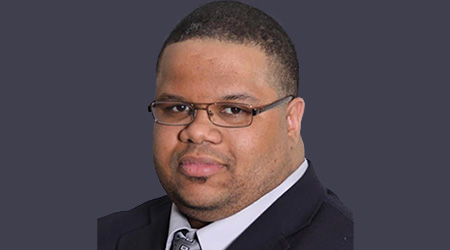How to Implement a Facility Health and Safety Plan
Once a facility health and safety plan has been created, here are some steps to putting it into action.
How do managers actually implement a health and safety system in a facilities organization? One key process involves establishing these elements:
Roles and responsibilities. These elements ensure the facilities organization has identified the various parties responsible for the implementation of health and safety.
Training. This step involves a comprehensive review of knowledge and skills among members of the facilities organization to ensure an acceptable level of health and safety performance. Training for all levels of the organization should be documented and reviewed as frequently as necessary.
Employee engagement. This step is designed to engage communication between employees and leadership regarding safety daily. Employees have the right and the responsibility to identify and promptly communicate safety concerns to leadership.
Communication. This element addresses the plan to handle safety communications in the event of emergency or serious incidents. It also addresses the way safety concerns and issues are communicated throughout the organization.
Document control. This program contains a master list of all types of documents applicable to the program including but not limited to procedures, written programs, safe operating procedures, forms, and records. It also contains a process for collecting, creating, revising, issuing, and storing the documents.
Safe work practices. These documents provide clarity on the proper process to follow to perform a task that addresses safety hazards and risks.
Emergency response plan. This step identifies procedures to follow in the event of a threat or disaster that might pose a risk to the health and safety of individuals.
Making it work
When there are deviations to the health and safety plan, managers need to make adjustments for continuous improvement purposes. In the Check phase, monitoring and measurement is essential. The facilities organization must develop a process to track health and safety metrics, which can be leading and lagging indicators.
Managers also need to put in place a process for documenting, analyzing, and addressing an incident when health and safety incidents occur. This process of investigating the incident is necessary to identify the root cause and to prevent recurrence.
Proactive measures, such as safety audits, safety tours and safety inspections, help to identify hazards and issues before they cause harm. Managers must make certain preventive maintenance on safety related equipment and systems are in place to protect individuals from harm should they fail.
Finally, in the Act phase, proactive measures for continuous improvement that arise out of the Plan, Do, and Check phase, are realized with direction and accountability led by the facilities organization’s leadership. In this phase, the leadership has the ultimate responsibility for the overall implementation of the health and safety system.
Ensuring health and safety in the workplace is a challenging but not impossible task. It begins with a culture where employees are taught and feel empowered to act and behave in a safe way. It’s built upon free-flowing communication and data that managers use to drive results. It takes proactive measures to identify nonconformances and boldness to address and correct them with accountability.
It’s a necessity so that the greatest asset, the people, can be protected at all costs, and it can generate a powerful return on investment. That return is to be able to contribute in the most meaningful way for the good of the organization and be the best they can be for their families.
Darrell X. Rounds leads electrical and mechanical engineering for General Motors’ facilities organization, Sustainable Workplaces. Rounds has more than 21 years of facilities management and engineering experience, and he has led operations and maintenance activities for facilities with more than 53 million square feet and $7.2 billion in asset replacement costs.
Related Topics:













